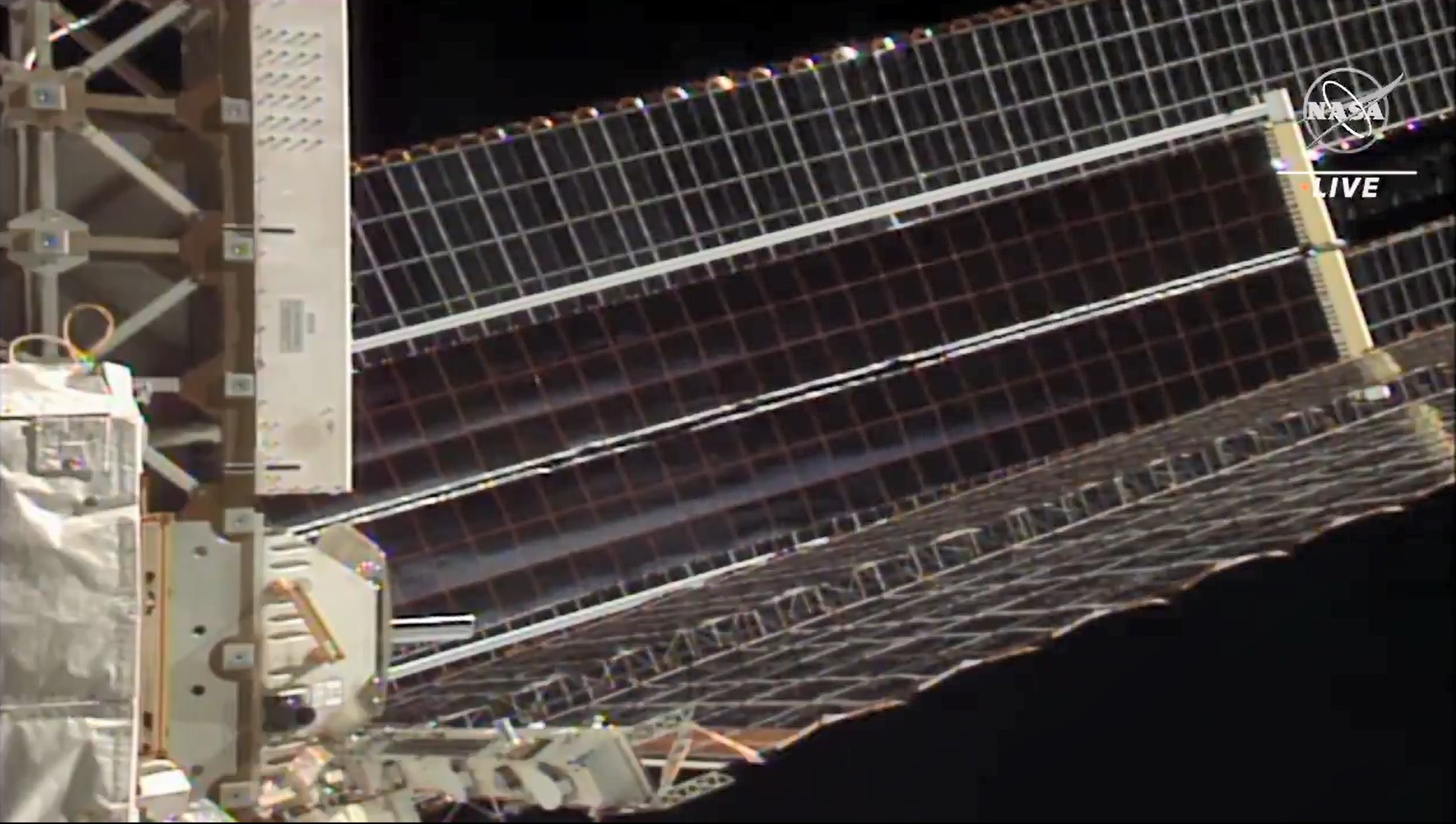
About four months after delivering several tons of scientific experiments and supplies to the International Space Station, Northrop Grumman’s uncrewed Cygnus cargo spacecraft is scheduled to depart the orbiting laboratory Tuesday, June 29. This morning, flight controllers on the ground sent commands to use the Canadarm2 robotic arm to robotically detach Cygnus from the Earth-facing port of the Unity module and maneuver it into place.
Live coverage of the spacecraft’s release will air on NASA Television and the agency’s website, and the NASA app beginning at noon EDT, with its release from the robotic arm scheduled for 12:25 p.m.
NASA astronaut Megan McArthur will monitor Cygnus’ systems upon its departure from the space station.
The Cygnus resupply spacecraft is named after NASA mathematician Katherine Johnson, a Black woman who broke through barriers of gender and race, calculating orbital mechanics for some of the first U.S. human spaceflights.
Cygnus arrived at the International Space Station Feb. 22 with nearly 8,000 pounds of scientific investigations and supplies following a launch two days prior on Northrop Grumman’s Antares rocket from NASA’s Wallops Flight Facility on Wallops Island, Virginia. It was the company’s 15th commercial resupply services mission to the space station for NASA.
For departure coverage and more information about the mission, visit: https://blogs-stage-old.nasawestprime.com/spacestation/. Get space station news, images and features via social media on Instagram at: @iss, ISS on Facebook, and on Twitter @Space_Station and @ISS_Research.









